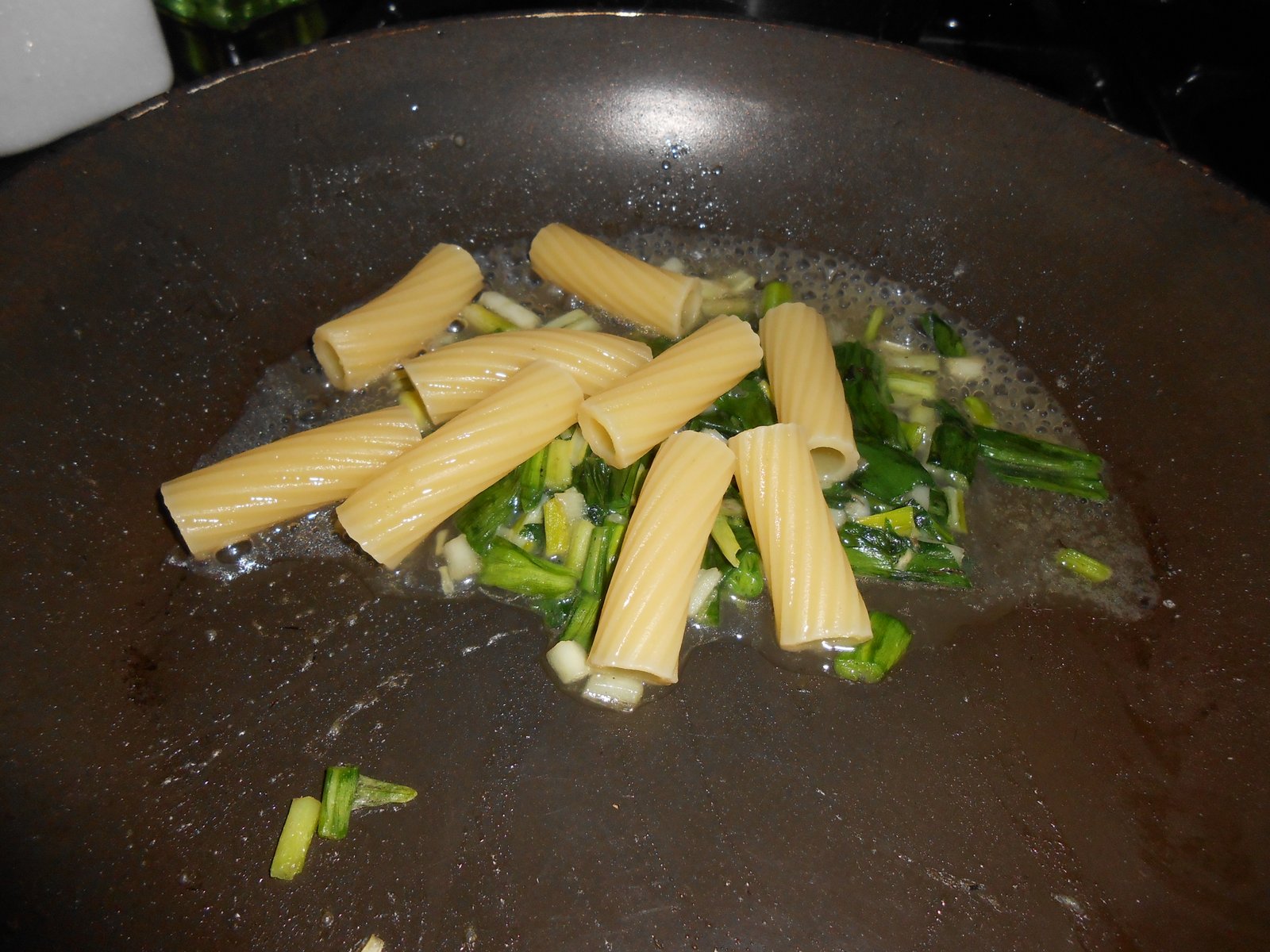They're coming. The signs are in place.
In my experience, no other item of seasonal produce, however delectable - not corn, not cherries, not berries, not tomatoes - generates as much anticipation and fanfare at the Union Square Farmers' Market as ramps do.
Even their roots are cool.
And the city of Chicago supposedly got its name from "shikaakwa" or "chicagou," an American Indian word for ramps. But never mind all that.
Ramp enthusiasts stage annual ramp festivals out of love for this short-lived vegetable. April (take that, T.S. Eliot) is ramp season, and for once this blog will salute a vegetable in its heyday rather than hailing it farewell when its season ends.
 |
| My hair looks like this sometimes |
And the city of Chicago supposedly got its name from "shikaakwa" or "chicagou," an American Indian word for ramps. But never mind all that.
Ramp enthusiasts stage annual ramp festivals out of love for this short-lived vegetable. April (take that, T.S. Eliot) is ramp season, and for once this blog will salute a vegetable in its heyday rather than hailing it farewell when its season ends.
My friend Thom, hot off her guest blogging effort about mango agar dessert has returned to write this ode/recipe for her beloved ramps. Take it away, Thom!
I love ramps and you can put them in anything, quiche, pasta, omelets, etc.
Ramps are only available in Spring, 2 - 3 weeks window max, and then they are gone! So eat them while you can!
I like to serve ramps with pasta. I cook the pasta - I use rigatoni in this recipe - separately and don't cook the ramps until the pasta is done because the ramps have a very short cooking time. Drain the pasta for ease of use but keep some of the pasta's cooking water since you'll need it for the finished dish.
Instructions:
There is nothing I hate more than sandy vegetables, and ramps are sandy. Make sure you untie the rubber band that is generally used to tie the bunch of ramps and soak them in cold water. By doing that, all the sand/soil/dirt will loosen, which makes it easier to rinse later.
 |
| Rub a dub dub, some ramps in a tub |
Once you have rinsed them WELL, you can cut off the root and very tip top part. I like to pull out the first outer layer skin off too, because normally that's where all the dirt hides. Once you do that, it's nice and pretty and ready to use.
You can eat the ENTIRE ramp (other than the root part). Chop the white part in smaller pieces since it takes longer to cook. As you can see from my picture, the bottom of the ramps are cut into small pieces and the top parts, which cook more quickly, are left in relatively large pieces.
Heat a saute pan with either olive oil or butter (depending upon how healthy you want to be). Saute the white part of the ramp in medium heat, add a sprinkle of salt, then add the rest of the leafy part and add a little bit more salt.
Once the white part is translucent, about 3 -4 minutes, add the cooked pasta into the saute pan along with a ladle of the pasta's cooking water. Mix well, and you are done.









Do they taste discernibly different from ordinary leeks when cooked? The pinkish purple color is awesome, but after the application of heat and olive oil, one supposes they become plain leek-like.
ReplyDeleteThanks for a fascinating post--I'd never heard of edible ramps. (I did know that in Minneapolis and about 100 miles out, e.g. Iowa, ramp means parking garage.)